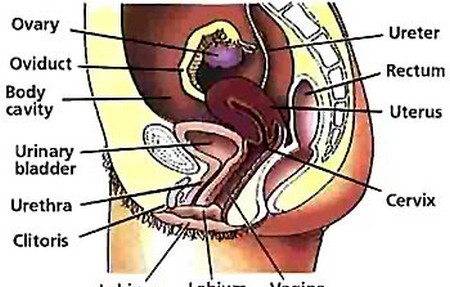When caring for a patient with an inflammation, the aims are:
- to reduce the swelling
- to relieve pain
- to remove the infection.
If the area is large, the patient should be in bed. If not, the inflamed area should be rested. If the inflammation is in a limb, the swelling and pain can be reduced by raising the part on a pillow, or the arm can be supported in a sling: this encourages fluid to drain away. The patient should drink at least three litres of fluid every day, to help remove impurities from the body. A mild pain-killer (analgesic) may be prescribed and, if the infection is widespread, antibiotics may be ordered. In some cases a local application of heat may be soothing and effective.
Applying local heat
The application of heat to the affected area relieves pain and may localize the infection by increasing the blood supply to the area. The treatment is often given by a physiotherapist in a specially equipped department. Radiant heat and short wave treatment are two methods of applying heat in common use in hospitals.
In the home, local heat can easily be contrived. Warmed cotton wool or an electric pad can be laid against the area. A covered hot water bottle against the ear is comforting if the patient has earache.
HOT SPOON BATHING
This is a method of applying heat to the eye if the patient has a stye. You will need:
- a tray
- a wooden spoon
- cotton wool and gauze (or linen)
- tape for securing gauze
- a bowl of boiling water
Pad the bowl of the spoon with cotton wool. Cover it with a piece of gauze or linen and tie this securely around the handle. Sit the patient down and place the bowl of boiling water on a table in front of him. Let him put the spoon into the boiling water and then bring it as close to his eye as the steam permits.
